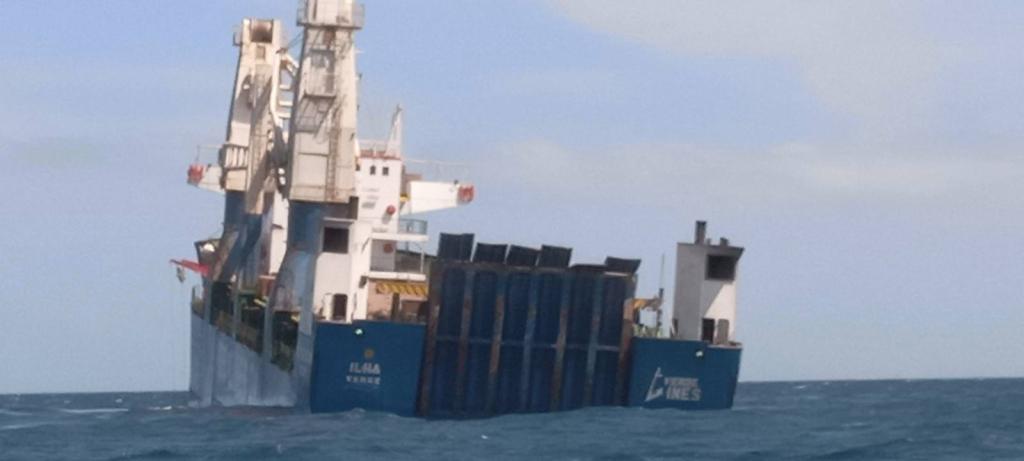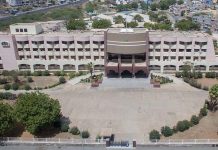Africa-Press – Cape verde. After ensuring the safety of human lives following the sinking of the ship Nhô Padre Benjamim, it is now time to focus attention on environmental issues. In particular, it is important to understand how to minimize the risk of pollution caused by the fuel and oil still on board the vessel. The warning was issued by Tommy Melo, president of Biosfera, in an interview today with Rádio Morabeza.
“We need to find out two things right now: first, the depth at which the ship is located, to know whether or not something can really be done with the equipment we have in Cape Verde. We need to carry out a survey to find out how much of these hydrocarbons are actually inside the vessel. We also need to make a projection of the currents in that area, to know, on the day the hydrocarbons start to leak, what, more or less, the impacted area would be,” he warns.
Details about the depth at which the ship is located have not yet been released. However, Tommy Melo warns that, with the equipment currently available in the country, it is not possible to go below 70 meters in depth, which could make any fuel removal operation more difficult.
“We saw in the media two large research vessels sailing through the waters of Cape Verde. These vessels have a lot of equipment. I don’t know to what extent we could use this to our advantage and as an opportunity to try to do something immediately. I believe that, with the equipment we have in Cape Verde, we cannot go much below 60/70 meters in depth, if that is the case”, he says.
Hydrocarbons, namely fuels and oils, are highly polluting materials and cause serious damage to the marine ecosystem, affecting fauna and flora. The president of Biosfera warns that a possible fuel leak could cause a significant impact, not only in the area where the ship is located, but also in surrounding areas, depending on sea currents.
“If the hydrocarbons reach the coast, the impact could be significant, especially because São Nicolau is an island known for the high quality of its seafood, for example. If currents carry this chemical far away, the impacts will still be significant, but at least they will no longer be visible, so to speak,” he says.
The cargo ship Nhô Padre Benjamim sank on Monday afternoon at Largo da Preguiça, while connecting the islands of Sal and São Nicolau. All crew members and the only passenger on board escaped unharmed.
The Institute for the Prevention and Investigation of Aeronautical and Maritime Accidents (IPIAAM) will travel to São Nicolau to begin an investigation into the causes of the sinking.
In an interview with Rádio Morabeza, Jorge Rodrigues, president of IPIAAM, said that it is important to access the VDR (voyage data recorder, also known as the “black box”) to technically reinforce the investigation. However, he admits that this may not be possible, as initial information indicates that the ship sank in a very deep area.
For More News And Analysis About Cape verde Follow Africa-Press






